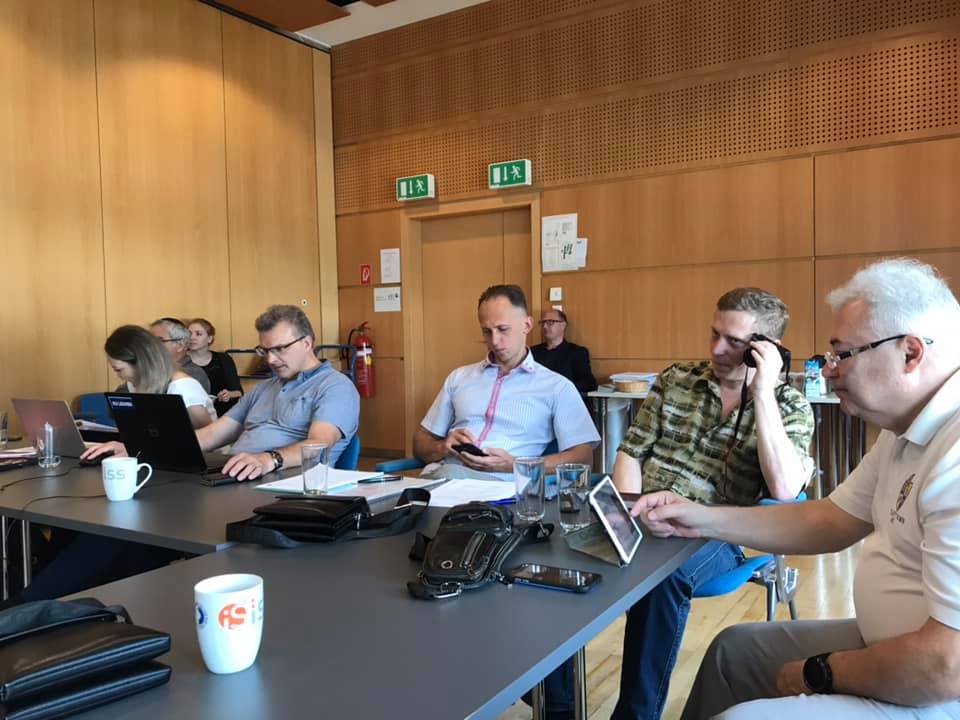[vc_section][vc_row][vc_column][vc_row_inner][vc_column_inner width=”1/4″][vc_single_image image=”2733″ img_size=”full” el_class=”.non-padding” css=”.vc_custom_1572442136367{margin-right: -15px !important;margin-left: -15px !important;}”][/vc_column_inner][vc_column_inner width=”1/2″][/vc_column_inner][vc_column_inner width=”1/4″][/vc_column_inner][/vc_row_inner][/vc_column][/vc_row][vc_row][vc_column width=”1/4″][vc_column_text css=”.vc_custom_1643615781224{margin-left: -15px !important;padding-top: 5px !important;}”] Syllabus
Moodle
Learning materials [/vc_column_text][/vc_column][vc_column width=”3/4″][vc_column_text]
Learning outcomes:
The goal of the discipline is the formation of cognitive, affective, and psychomotor competencies in the field of application of mathematical modeling methods in biotechnical systems in professional activities, the development of object models, and the implementation of algorithms using modern programming languages and existing software.
Students should be able:
– to use system analysis to obtain information about activities in various subject areas (technical, organizational, technical, and medical purpose) and use knowledge of the patterns of random phenomena, their properties and operations on them, models of random processes, and modern software environments for solving problems of statistical data processing and building predictive models.
– reasonably choose and improve numerical methods and the possibility of their adaptation when performing modeling tasks and studying systems of various nature.
– to perform modeling and research of technical, organizational, and technical systems, products, and systems for medical purposes; use operations research methods.
[/vc_column_text][/vc_column][/vc_row][/vc_section]

